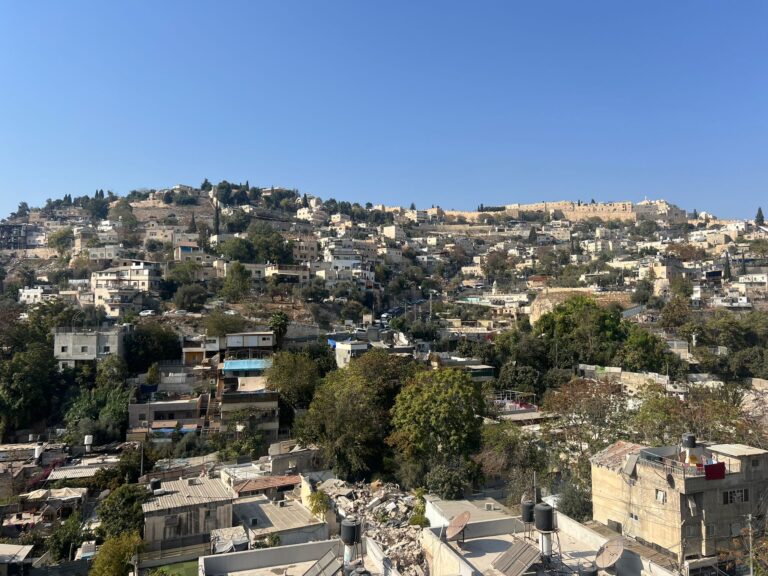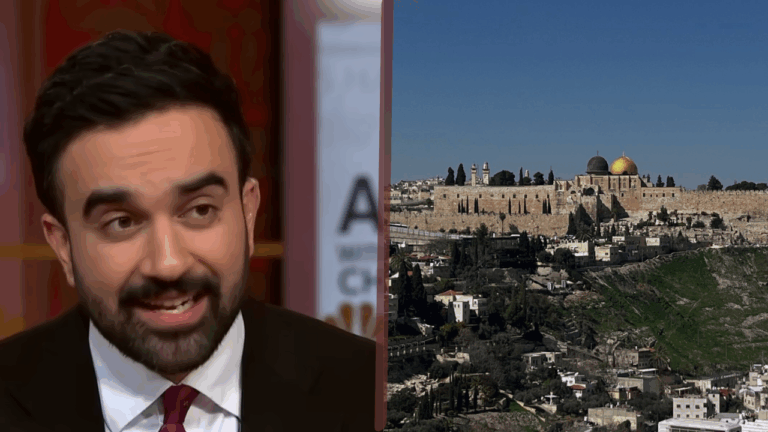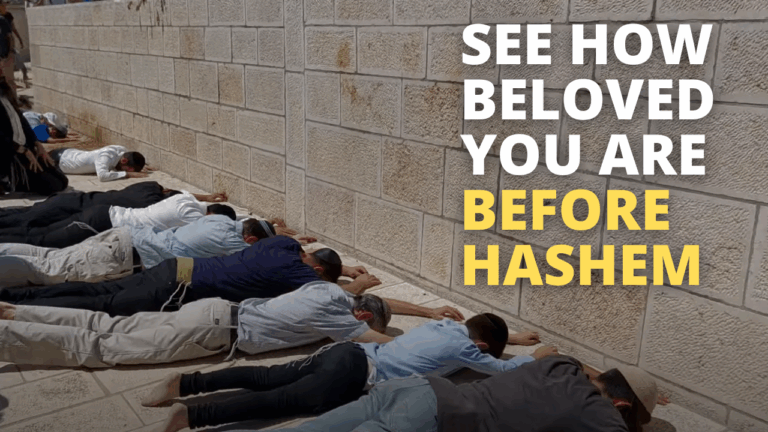The Great Altar: Sanctifying a Renewed World
After surviving the Flood, the first act of humanity was not to build or plant, but to sacrifice. Upon exiting the teivah, Noach immediately picks from among the pure species of animal he preserved and brings them as korbanot to Hashem (Bereishit 8:20). According to Chazal, Noach traveled all the way from Har Ararat to the future location of the Beit HaMikdash for the occasion (Bereishit Rabbah 34:9).
Ironically, after a year of tending these animals with exhausting care, Noach steps off the teivah only to sacrifice them. And after the taxing months spent on the teivah, Noach deliberately departs on a journey to Yerushalayim with many animals in tow.
His efforts seem to be quite effective. Hashem’s reaction to the pleasing aroma of the korbanot is to reverse the curse of the adamah and promise to never afflict all of Creation again. With these korbanot, Noach fulfills his destiny and earns his name, fulfilling the prophecy of his father Lemech upon naming him: “This one will give us rest from our work and from the toil of our hands from the ground, which Hashem has cursed. (Bereishit 5:29)”
What was so urgent about these korbanot that Noach would cross mountains to bring them. And why must they be offered precisely in Yerushalayim?
Rav Shamshon Rephael Hirsch (Bereishit 8:20-21) beautifully explains that Noach’s building of the mizbeach and offering of olot was deeply significant. A mizbeach is a structure built of independent rocks. For Rav Hirsch, the physical elevation of these stones in order to bring an offering to Hashem represent the spiritual elevation of earthly creation. By erecting this mizbeach and offering olot – literally translated as “elevation offerings” – Noach was dedicating the newly gifted world back to its Source and Creator.
The world was now cleansed and renewed. Before rebuilding the world, it was essential to dedicate it. As soon as he exited the teivah, Noach inaugurated and surrendered Creation back to its Source. This is why the korbanot are referred to as olot. In contrast to Kayin and Hevel, who brought menachot – roughly translated as gifts – Noach brings elevation offerings that represent the dedication of worldly action, speech, and thought to the Ribbono Shel Olam.
Given this backdrop, Noach’s trek to Yerushalayim is quite understandable. To truly dedicate the freshly formed earth back to Hashem, Noach had to return back to its source. Yerushalayim, and the Even Shetiyah that rests in its center, was the cradle of Creation, the space from which all spiritual vitality flows into this world. Noach understood that only in this holy place which serves as a channel from heavenly realms into this physical world could the world be offered back up to heaven.
Indeed, after the cataclysmic effects of primordial sin, Adam HaRishon had also turned to this very spot to offer his first korban (Avodah Zara 8a). When Adam realized that he would be granted another chance to experience the light of Hashem’s Presence even after the great destruction wrought by his sin, he returned to Yerushalayim – the very place where he was first created – to give thanks and repledge his loyalty to the Ribbono Shel Olam. Through destruction and renewal, suffering and joy, Yerushalayim remains the central focal point. In this holy city lies the powerful capacity to rededicate that which has been renewed in purity and holiness to the ultimate Source of all.



